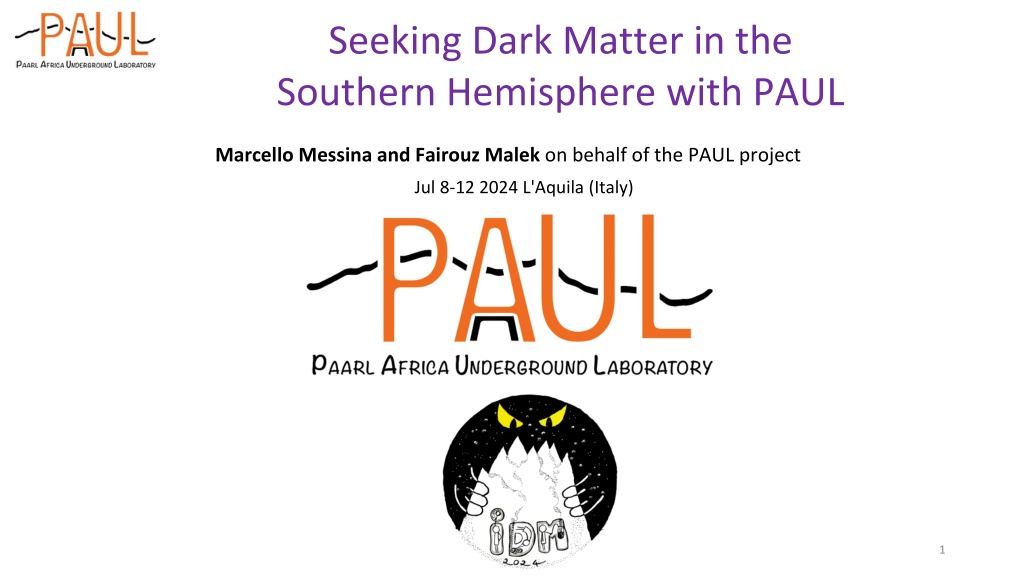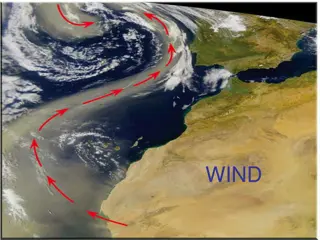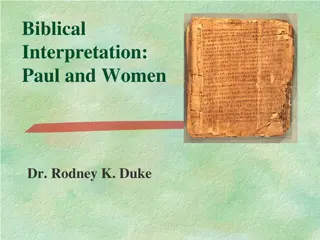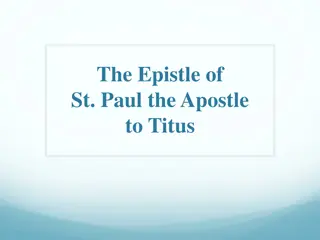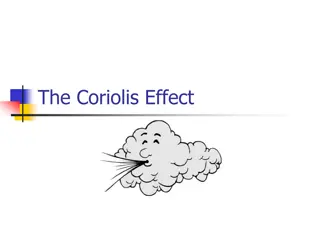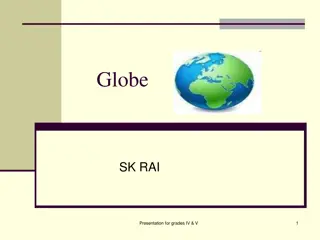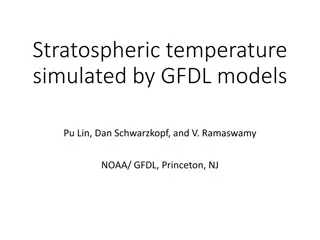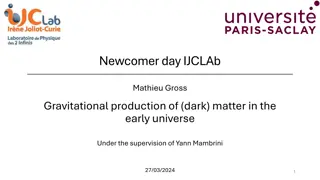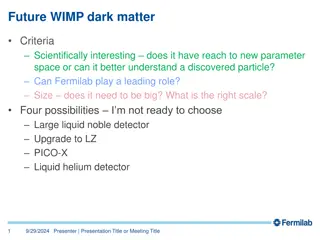Exploring Dark Matter in Southern Hemisphere with PAUL Project - A Scientific Journey
Join the PAUL project team as they delve into the search for dark matter in the Southern Hemisphere at L'Aquila, Italy. Discover operational underground labs, historical milestones, new developments, and future projects in South Africa. Explore the collaboration with world-class universities and the vision for the PAUL underground laboratory in Africa. Witness the upgrades and potential of the Huguenot Tunnel for scientific research.
Download Presentation

Please find below an Image/Link to download the presentation.
The content on the website is provided AS IS for your information and personal use only. It may not be sold, licensed, or shared on other websites without obtaining consent from the author. Download presentation by click this link. If you encounter any issues during the download, it is possible that the publisher has removed the file from their server.
E N D
Presentation Transcript
Seeking Dark Matter in the Southern Hemisphere with PAUL Marcello Messina and Fairouz Malek on behalf of the PAUL project Jul 8-12 2024 L'Aquila (Italy) 1
Main operational underground labs Map of the existing underground laboratories. SUPL facility in Australia is being commissioned and will operate soon. 2
Some history 2015: Towards the South African Underground Laboratory 2019: Latest Updates on Developments of the Underground Neutrino Facility in South Africa 3
South African Astronomical Observatory Square Kilometer Array iThemba LABS 5
World Class Universities Stellenbosch University University of Cape Town 6 University of the Western Cape
The future underground laboratory PAUL Paarl Africa Underground Laboratory Red dots: Planned ULabs, ANDES at the Argentina-Chile border and INO in India. Yellow star is the planned PAUL in South Africa in the Cape Town Region. 7
The Huguenot-Tunnel South Bore (operating car trafic tunnel) Worcester -> Paarl North Bore Being upgraded in 2025 Paarl -> Worcester 9
West Entrance East Entrance Worcester Paarl The range mostly consists of Table Mountain sandstone, an erosion-resistant quatzitic sandstone 10
Preliminary mock-up of the facility A possible 10,000 m3laboratory (40x16x16) in the Huguenot tunnel. Courtesy: Joaquin Venturino (CNEA), April 2023. 11
The final version would look like LS-Canfranc LSC-Hall A 12
Muon Flux attenuation Courtesy; Aldo Ianni, April 2024 13
Envisaged science at PAUL Ultra-low radioactivity Biological science (effect of cosmic radiation on cells and reference organisms radiation biology) Possibly anti-neutrino monitoring (radiated from Koeberg Nuclear Power Station) (neutrino physics) Dark Matter search (compare Northen and Southern hemisphere data) To complement indirect searches for Dark Matter (e.g. with SKA) 14
Possible Dark Matter searches @PAUL The challenge @PAUL is to develop detectors with very low energy thresholds and excellent control over detector backgrounds. Technology and experiments @PAUL Charge Coupled Devices (CCDs), Skipper-CCD (SENSEI, DAMIC, OSCURA) Solid-state cryogenic detectors (Ge, Si, ..), operating at T<15 mK, (Edelweiss) Noble Liquid target (Xe, Ar) Dark matter with mass below the proton (sub-GeV) @PAUL 15
The preliminary work to be followed during 2024 and 2025 1- Design and study of PAUL facility including the excavation work; This is accomplished together with SMEC, the tunnel company for the civil engineering aspect and SANRAL, South African National Roads Agency, for the more strategic aspect of the work; Seed-funding from DSI of R 5 million (250 K ) Budget (R 20=1 ) item Cost in Rands 10000000,00 excavation 24000000,00 structural reinforcement 12000000,00 foundation work 14400000,00 utilities 30000000,00 interior finishes above ground offices/workshops 5000000,00 Grand Total + 20 % contingencies 120000000,00 (6 M ) 16
The preliminary work to be followed during 2024 and 2025 2- Radiation measurement inside the tunnel to establish the specifications of PAUL facility; b- Cosmic measurements open sky at Stellenbosch university + University of the Western Cape 17
The preliminary work to be followed during 2024 and 2025 b- Now measurements are on-going inside the tunnel at the position VCC2 ~5 cosmic/per day and VCC1 < 5 cosmic/per day (~max overburden) VCC2 VCC1 Fault VCC2 VCC1 18
Project Timeline Current estimate to construct PAUL: R 130 million (~ US$ 6.5 million) 19
Project Timeline > 2025 Current estimate to construct PAUL: R 130 million (~ US$ 6.5 million) 20
Conclusions PAUl project Launched January 2024, R 5M (250 K ) DSI Seed-Funding, Feasibility Study on-going; Kicked-off a collaboration with the geology community at Wits (Johannesburg); Prepare for the participation to the actual experiments and their R&Ds, e.g. Damic-M and SAFIRE at Modane; Other plan are being discussed, eg. exploring life science underground; 5 years grant for the International Research Network programme PAULINE (CNRS- FR/Africa/Canfranc/LNGS). 21
Organisation Steering Committee Project Management office being constituted (July 24) International Advisory Board Task Forces: Biology Dark Matter Design and study Geophysics Muography Quantum Computing Low radiation and neutrons measurements All info on Twiki Home page: https://twiki.cern.ch/twiki/bin/view/PaulLab/WebHome Note: PAUL not yet a legal entity 23
Founding Symposium https://indico.cern.ch/event/1316503/ 25
